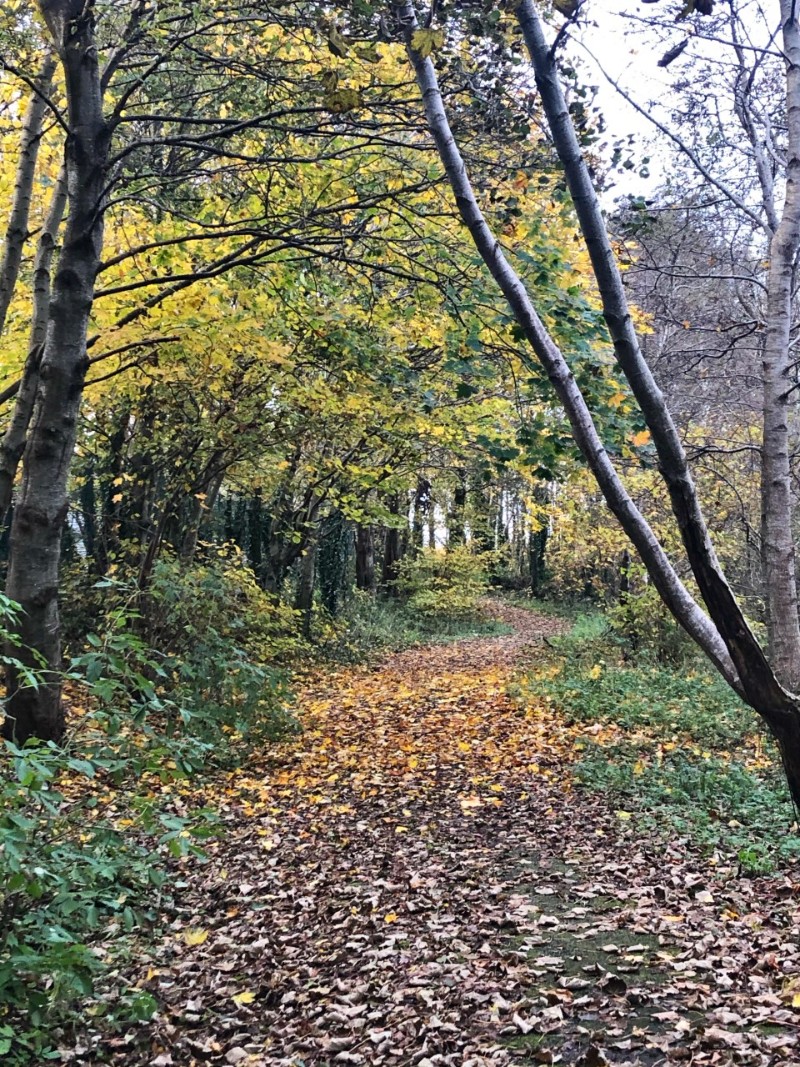January 2021
Interview with 1st Year Students
With thanks to Ben (1A), Dylan (1B), David (1C), Owen (1D) and Joseph (1E)
How are you finding the year so far?
Ben: “Really good. The early starts are hard though. I have to get up earlier”.
Dylan: “I’m enjoying it. It’s good learning new things”.
David: “It’s good. There’s a lot of variety of teachers. Some of the subjects are interesting”.
Owen: “It’s grand. Better than primary school. You get to go up town at lunch”
Joseph: “There’s a nice community here. I like it”.
Would you recommend The Bish and why?
Ben: “Yeah the teachers are good and there’s a lot of subjects”.
Dylan: “Teachers are nice and it’s a bit of craic”.
David: “Yes. I’m looking forward to trying different sports in The Bish. I’ve heard a lot about them but we can’t do them yet because of the virus”.
Owen: “Yeah it’s good fun”.
Joseph: “Yes. The homework isn’t too bad”.
What is your favourite subject and why?
Ben: “English. The teacher talks a lot about people from history and tells good stories. I like that”.
Dylan: “Science. I always found it interesting”.
David: “Maths. I was good at it in primary school and I have a really good teacher for Maths in The Bish”.
Owen: “Does P.E count? P.E and Irish. The teachers are sound”.
Joseph: “P.E and French. My French teacher is really nice”.
What advice would you give an incoming 1st year student?
Ben: “There’s subjects to choose from so choose carefully. Expect early mornings and you have homework and study, so late evenings sometimes too”.
Dylan: “Try to make friends and settle in”.
David: “It’s not a doss. You have to work”.
Owen: “Only bring the books you need each day. Don’t get too stressed out. You get to go up town at lunch which is good. The school isn’t that big so you won’t get lost once you get used to it”.
Joseph: “Do your homework but have fun too”.
_________________________________________________________________________________________________________________________________
December 2020
Cultural Engagement with Ms. Nic Aoidh
'Blah Blah' Project.
Bish Languages at Home
Ms. Nic Aoidh with artist Lara Luxardi and a variety of our students produced this magnificent cultural engagement project which has spanned the past 18 months. Please take a look.
http://www.bish.ie/media/download_gallery/Bish%20Cyanotype%20photographic%20documentation.pdf
________________________________________________________________________________________________________________________________
October 2020
Biodiversity Project with Ms. Melanie King.
Students took a range of photographs linked to Biodiversity throughout November.

Cathal Joyce:
This picture features many different types of natural organisms which can be found right in the heart of Galway City. Leaves, trees and natural vegetation can be seen all within this picture. There is an abundance of birch trees throughout this forest as we capture them in the process of transforming their appearance as the enter the winter months. Many different shades of leaves can be seen within this photo. Shades of orange, yellow and green as well as rotting leaves on the ground which will compost back into the ground providing nutrients for the soil and local wildlife
A birch is a thin-leaved deciduous hardwood tree of the genus Betula in the family Betulaceae. It is closely related to the beech-oak family Fagaceae. They are a typically rather short-lived pioneer species widespread in the Northern Hemisphere, particularly in northern areas of temperature climates and in boreal climates. Birches often form even-aged stands on light, well-drained, particularly acidic soils. They are regarded as pioneer species, rapidly colonizing open ground especially in secondary succession sequences following a disturbance or fire.
Seeds and bark of the birch are source of food for forest animals such as rabbits, deer and birds. Wood of birch tree is highly flammable.

Oliver Kelly:
The photo is of Japanese Knotweed.
Japanese knotweed is a large species of the knotweed family. It is native to east Asia in countries such as Japan, China and Korea.
However, it is listed by the World Conservation Union as the world’s worst invasive species. It has tough roots and grows strongly this allows it to grow on roadsides and in waste places. It causes damage to concrete foundations, buildings, roads and pavements. Its roots can extend 3 metres deep making removal extremely challenging. It’s also resilient to cutting as it sprouts aggressively from the roots. Japanese knotweed has received a lot of bad attention especially in the UK. Certain banks and lenders have refused to give mortgages on the basis of Japanese knotweed being present.

Fionn O' Connor
This is pink purslane a flower that grows to 30 cm high.It has 15-20mm across pink flowers. They have 5 pink petals spanning 20mm.The stamens are tipped with pink pollen. stamens are tipped with pink pollen. What to look for are the 2 cup-shaped sepals below the flower. These flowers are borne in small clusters on erect, hairless stems. Basal leaves are oval and stalked. Stem leaves are opposite, veined and stalkless. The preferred habitat seems to be damp woodland and sandy soil.
This plant was introduced in the UK in the 18th century and has become widespread since then.
The flower is native to the Commander Islands (including Bering Island) of Siberia, and western North America from the Aleutian Islands and coastal Alaska south through the Queen Charlotte Islands, Vancouver Island, Cascade and Coast Ranges, to a southern limit in the Santa Cruz Mountains. Populations are also known from the Wallowa Mountains, Klamath Mountains, northern Idaho, and The Kootenai.
The flower continues to spread but is not considered invasive.
